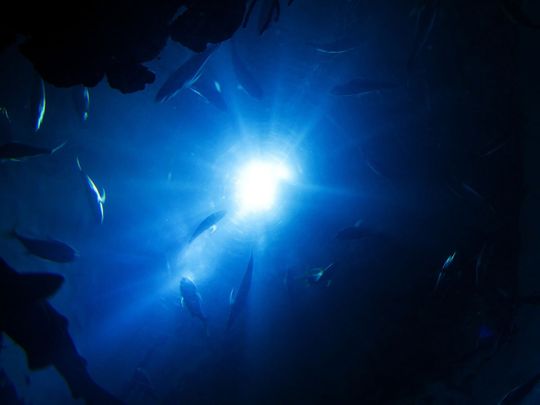
Where should you go if you want to explore a hadal? And is a chaparral on land or in the sea?
Click start to play!
In today’s Word Search, we venture into the natural world and discover places that are both untouched and extremely popular.
For instance, the deepest part of the ocean is named the hadal zone, after the mythological Greek underworld, Hades. Here, the sea is deeper than approximately 20,000 feet or 6,000 metres.
Since no light reaches this part of the ocean, it is impossible for plants to grow here, but there are still some resilient creatures that live in these deep, dark waters, such as grenadiers or rat-tail fish, and amphipods, which are a group of shrimp-like crustaceans. Amphipods are usually less than a centimetre long, but those that live in the hadal zone can grow up to 30cm!
The Mariana Trench, which is the deepest oceanic trench on Earth, is in this zone, at a recorded depth of nearly 11,000 metres. To put it into perspective, if you place Mount Everest into the trench at its deepest point – the point called Challenger Deep – the mountain’s peak would still be underwater by more than two kilometres!
Another word in today’s Word Search, the chaparral, is far more accessible to humans. Chaparral is a shrubland found primarily in southern California, US, and in Mexico. It’s the name given to vegetation comprising evergreen shrubs, bushes and small trees, that grows to form dense thickets.
Chaparrals are usually called Mediterranean forests, because they thrive in coastal regions, and enjoy the same pleasant weather as you would in places like Greece.
Go ahead and dive into today’s Word Search and discover new regions and biomes. Tell us if you enjoyed today’s puzzle at games@gulfnews.com.





